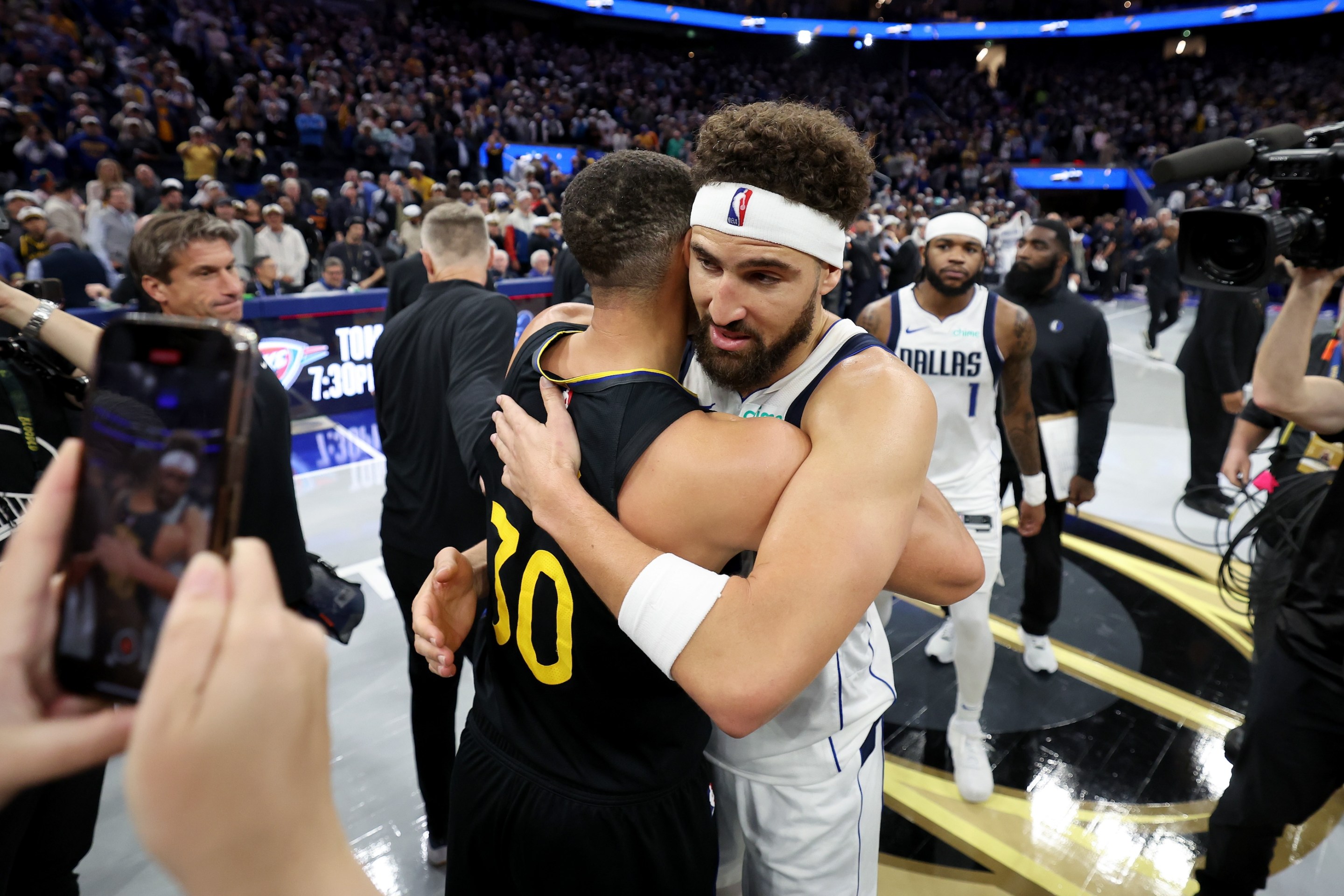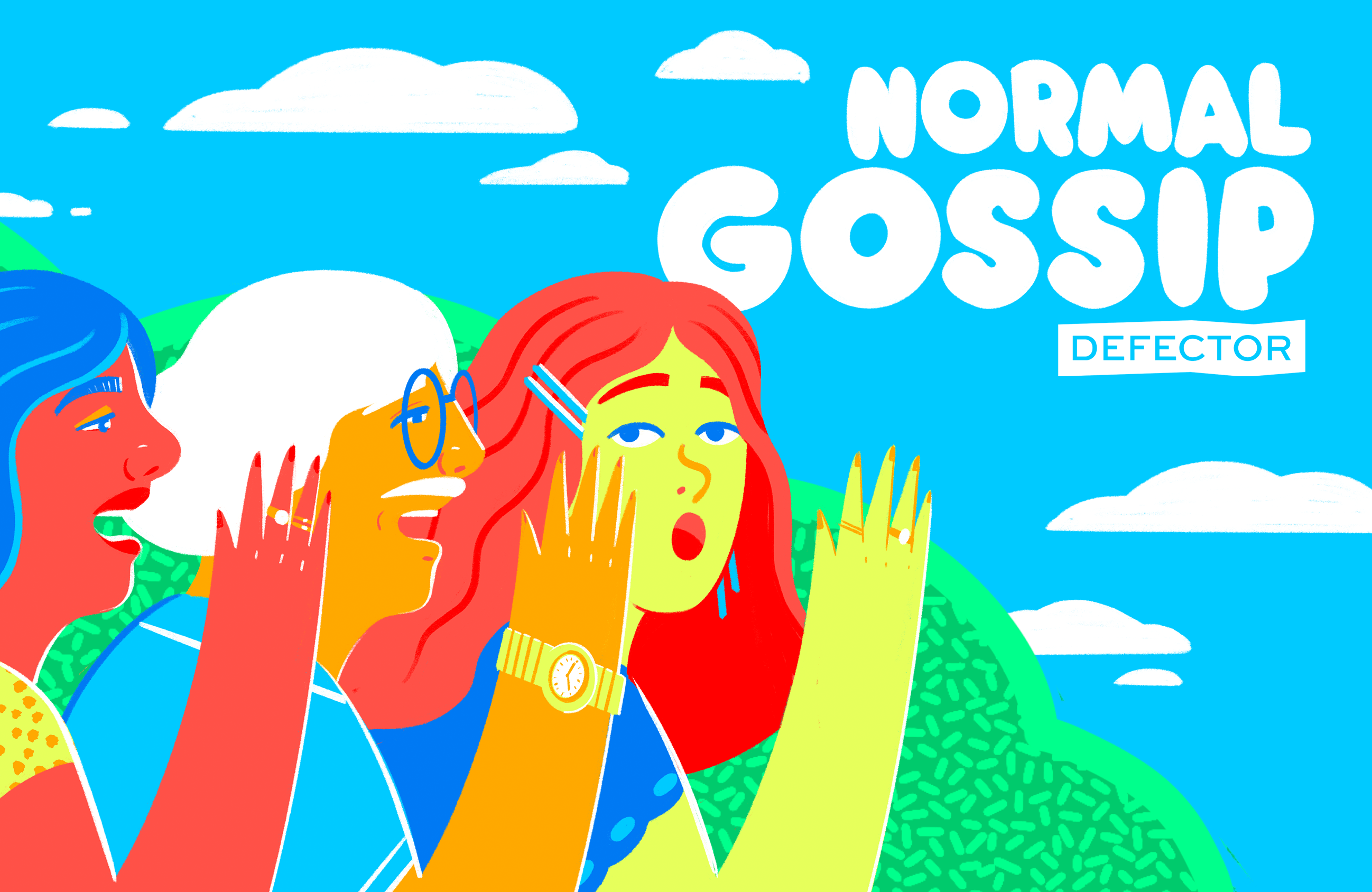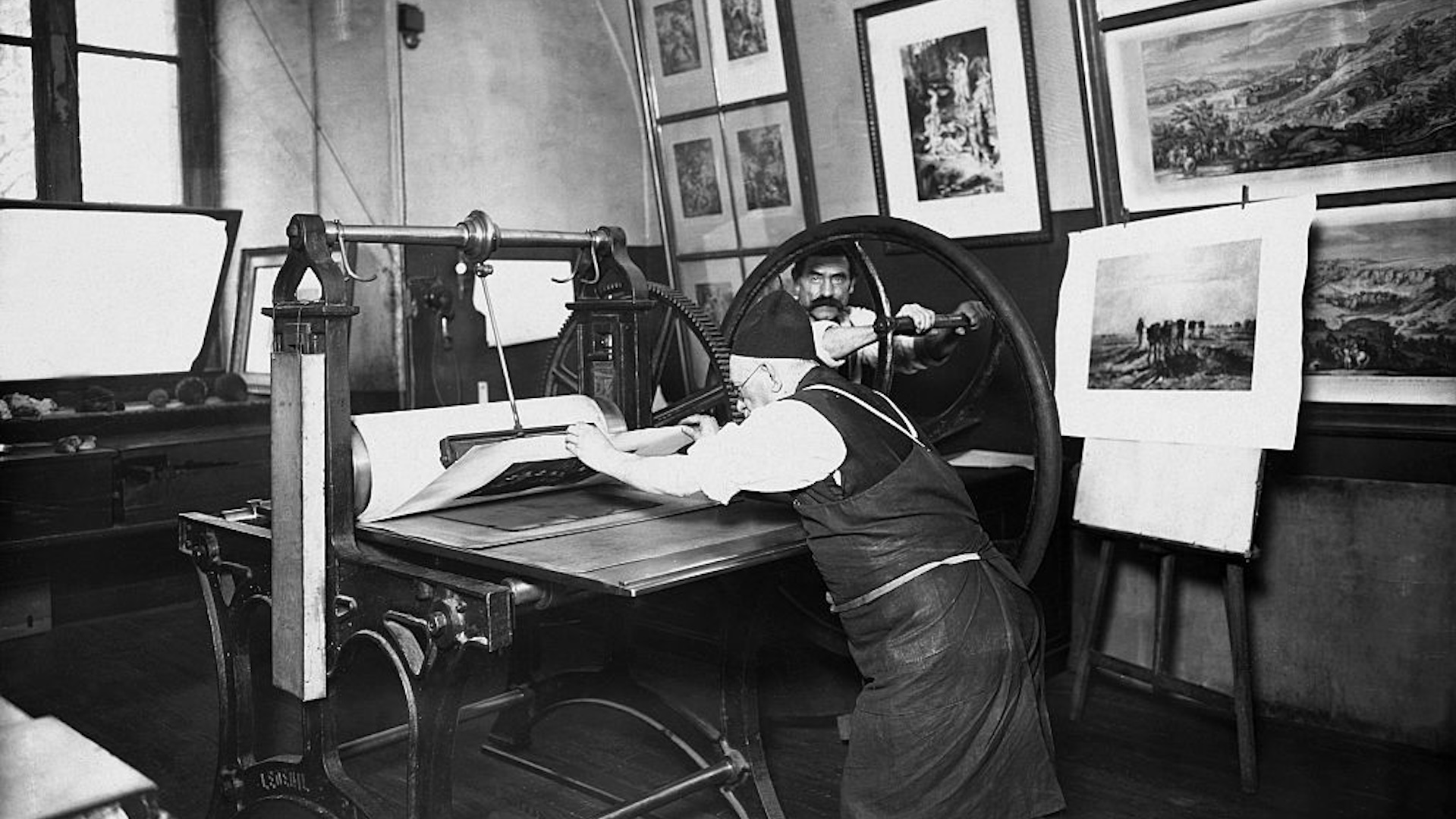It's been a wonderful week for insomniac tennis fans and a terrible week for respectable bedtimes. Though the U.S. Open has always been known, and even beloved, for matches that stretch into the wee hours, the last few days have proved especially hostile to the concept of a good night's rest. Carlos Alcaraz in particular—who's still a growing boy!—has been strained by the misfortune of having to playing in the second half of the "primetime" doubleheader at Arthur Ashe Stadium, which optimistically and misguidedly aims for its matches to start at around 7 p.m. and then 9 p.m. ET.
On Monday, after a marathon three sets between Danielle Collins and Aryna Sabalenka, the Spanish wonderteen began his match against Marin Čilić at 10:30 p.m. and didn't finish until five sets and four hours later. Wednesday was even more difficult, as his instant classic victory over Jannik Sinner went until 2:50 a.m, the latest finish in U.S. Open history. After media obligations and a meal, Alcaraz is making a habit out of seeing the sun rise. And though the fact that this absurd battle took five hours and 15 minutes deserves a lot of the blame, match length wouldn't have mattered as much if it hadn't begun at 9:30. In other sports, only the most extraordinary, once-in-a-lifetime circumstances—five overtimes of playoff hockey, 16 innings of baseball after a rain delay—lead to games being played this late on local time. But at the U.S. Open, one must always be prepared for the possibility of 2 a.m. tennis.
While this is a tough schedule for the athletes, from the organizers' perspective it's also not great business to have such awe-inspiring marquee action taking place when so few can see it. The crowd that stayed on Wednesday did a commendable job adding to the delirious atmosphere by producing exhausted cheers until the very end. But over the course of the Sinner-Alcaraz struggle, it was clear that more and more fans had tapped out, and surely much of the TV audience did the same. Here's how Arthur Ashe Stadium looked in the middle of the first set:
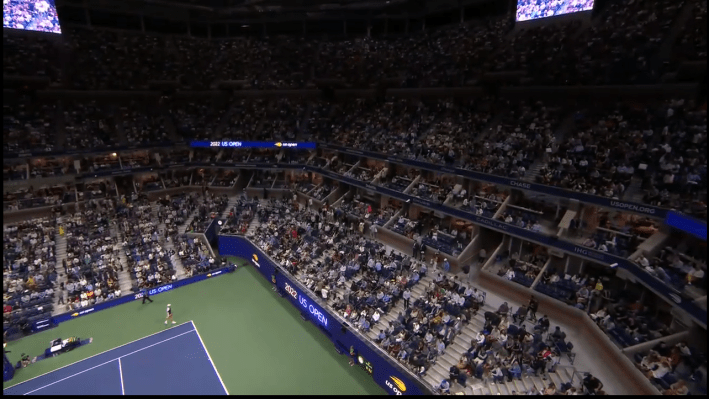
And here's how it looked in the final set, devoid of all but the most bleary-eyed spectators, and maybe those who couldn't manage to leave their seat before falling asleep:
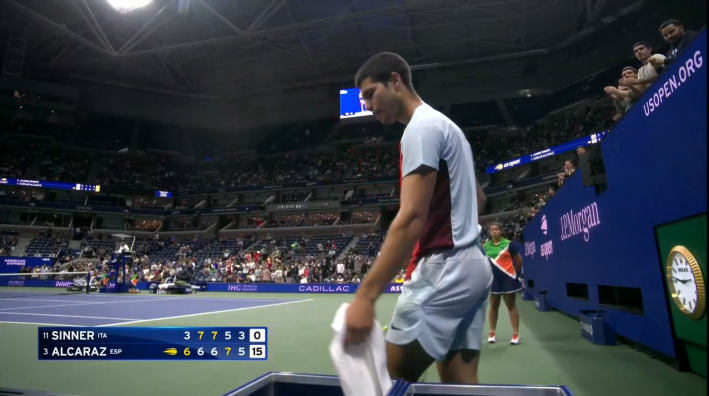
In the match's final, final stretch, even a medical alert dog got caught by the cameras trying to nap.
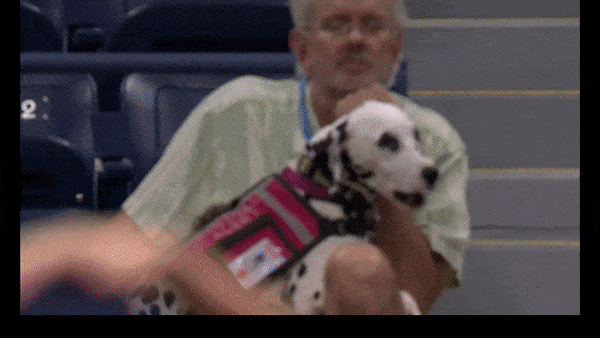
It's undeniable that fewer people (and animals) watched the climax of this match than would have if it'd been on at a more reasonable time. The question, though, is whether you find that extremely annoying—because life's obligations inhibit your ability to enjoy the tournament—or think it kicks ass, because those who do stay up late are initiated into a small, select club of die-hards and freaks who are allowed a glimpse of the sport's future.
I have sympathy for both sides of the argument. I don't want to gate-keep incredible sporting events from people with children or real jobs, who can't let themselves get invested in a match like this because they need to be up at 7 the next morning. But also, particularly if you live on the East Coast, a game or a match that's on during a forbidden hour, that you don't want to see conclude because then you'll have nothing to do but move on to tomorrow, can be all the more special. When I was growing up, it was the out-of-reach mystery of the Red Wings on a California road trip. When I got old enough to pick when I retired to bed, it was Pac-12 football and NHL playoff epics that stretched my stamina and coherency. The U.S. Open fills that void admirably, both because of its single elimination stakes and because it's not even happening in a faraway state where the clocks are different. The best athletes in the world are competing just a few subway stops away from me, and I can't let my body give up before they do.

